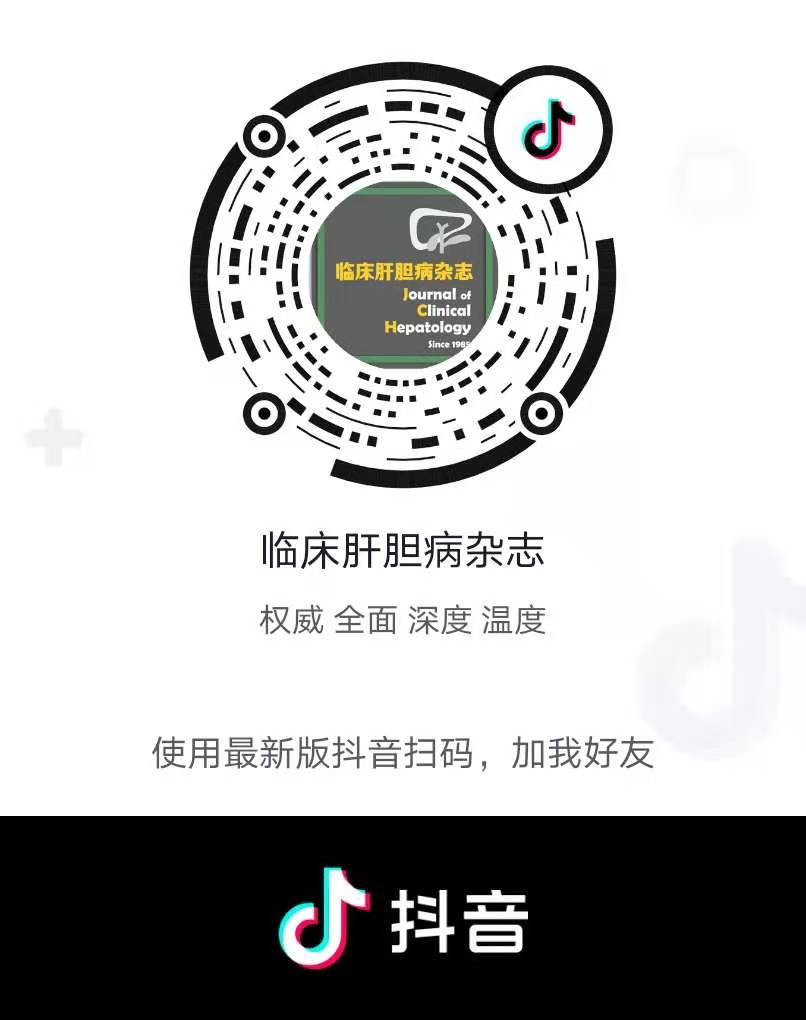Abstract:
Objective To investigate the effect of carrimycin on the biological function of pancreatic cancer cells. Methods Pancreatic cancer cell lines MIA PaCa-2, BxPC-3, Panc-1, and PATU 8988 were treated with carrimycin at concentrations of 0 (control group), 2, 4, 8, and 16 μmol/L for 24, 48, and 72 hours. MTT assay was used to measure cell viability; EdU cell proliferation assay was used to observe the effect of carrimycin on DNA replication of pancreatic cancer cells; colony formation assay was used to observe the effect of carrimycin on the proliferation of pancreatic cancer cells; flow cytometry was used to analyze the effect of carrimycin on the cell cycle of pancreatic cancer cells; wound healing assay was used to analyze the effect of carrimycin on the migration of pancreatic cancer cells; Western blot was used to measure the expression levels of the markers such as epithelial-mesenchymal transition (EMT) and cell cycle-dependent protein kinase inhibitor 1A (P21); immunofluorescence assay were used to measure the expression levels of EMT-related markers. An analysis of variance was used for comparison between multiple groups, and the least significant difference t-test was used for further comparison between two groups. Results Compared with the control group, carrimycin significantly inhibited the proliferative activity of MIA PaCa-2, BxPC-3, Panc-1, and PATU 8988 cells in a concentration- and time-dependent manner (all P < 0.01); carrimycin at concentrations of 4, 8, and 16 μmol/L significantly reduced DNA replication in MIA PaCa-2 cells (t=2.378, 4.984, and 18.970, all P < 0.05) and BxPC-3 cells (t=4.879, 6.089, and 9.521, all P < 0.01); after treatment with carrimycin at concentrations of 4, 8, and 16 μmol/L, colony formation ability significantly decreased with the increase in drug concentration in MIA PaCa-2 cells (t=5.889, 11.240, and 15.840, all P < 0.001) and BxPC-3 cells (t=6.717, 15.800, and 18.850, all P < 0.001). After treatment with carrimycin at concentrations of 4, 8, and 16 μmol/L, there was a significant increase in the proportion of cells in G1 phase in MIA PaCa-2 cells (t=9.071, 12.280, and 19.360, all P < 0.0001) and BxPC-3 cells (t=3.061, 4.962, and 8.868, all P < 0.05), and there was a significant reduction in the proportion of cells in S phase in MIA PaCa-2 cells (t=2.316, 4.165, and 5.562, all P < 0.05) and BxPC-3 cells (t=2.424, 3.264, and 5.744, all P < 0.05). Western blot further demonstrated that compared with the control group, the expression level of the cell cycle-related protein P21 gradually increased with the increase in the concentration of carrimycin in MIA PaCa-2 cells (t=5.437, 6.453, and 8.799, all P < 0.001) and BxPC-3 cells (t=25.130, 44.750, and 52.960, all P < 0.000 1). Wound healing assay showed that after treatment for 12, 24, and 48 hours, carrimycin at concentrations of 0, 4, 8, and 16 μmol/L significantly reduced the lateral migration of MIA PaCa-2 cells (all P < 0.05) and BxPC-3 cells (all P < 0.05). Western blot showed that compared with the control group, carrimycin treatment at concentrations of 4, 8, and 16 μmol/L significantly upregulated the expression of the epithelial marker E-cadherin in MIA PaCa-2 cells (t=2.388, 4.899, and 5.819, all P < 0.05) and BxPC-3 cells (t=2.533, 5.836, and 6.774, all P < 0.05) and significantly downregulated the expression of the interstitial marker Snail in MIA PaCa-2 cells (t=12.440, 14.830, and 16.800, all P < 0.000 1) and BxPC-3 cells (t=5.039, 5.893, and 7.725, all P < 0.01), and it also significantly downregulated the expression of the interstitial marker Vimentin in MIA PaCa-2 cells (t=3.105, 7.752, and 11.200, all P < 0.05) and BxPC-3 cells (t=2.555, 4.883, and 9.153, all P < 0.05). Conclusion Carrimycin can effectively inhibit the proliferation, migration, and EMT process of pancreatic cancer cells, thereby exerting an antitumor biological activity.
BAI LN, LIU Y, TANG CX, et al. Mechanism of carrimycin in regulating the biological function of pancreatic cancer cells[J]. J Clin Hepatol, 2022, 38(12): 2793-2801.. doi: 10.3969/j.issn.1001-5256.2022.12.020.


 Abstract
Abstract HTML
HTML PDF (1978KB)
PDF (1978KB)




























